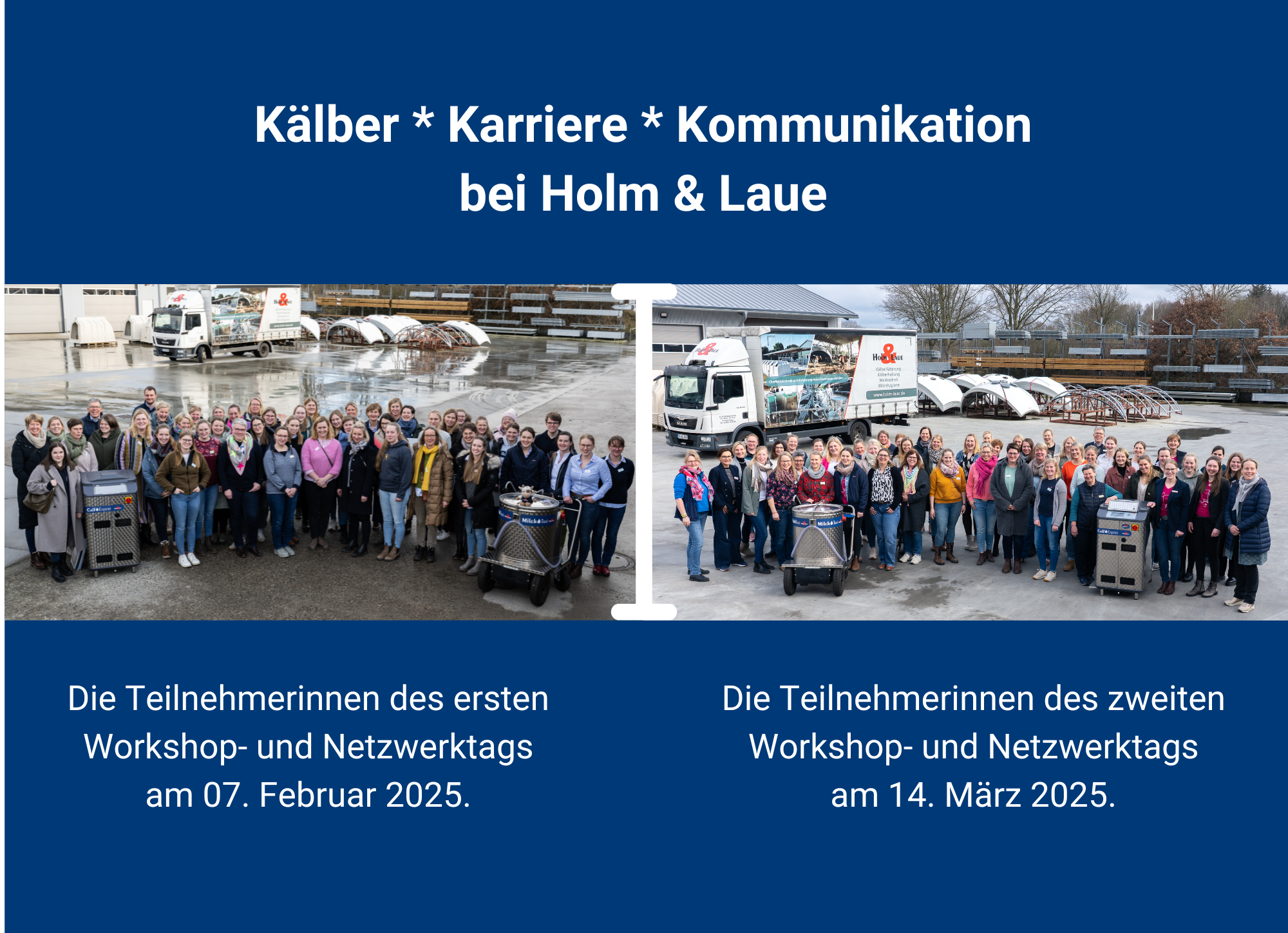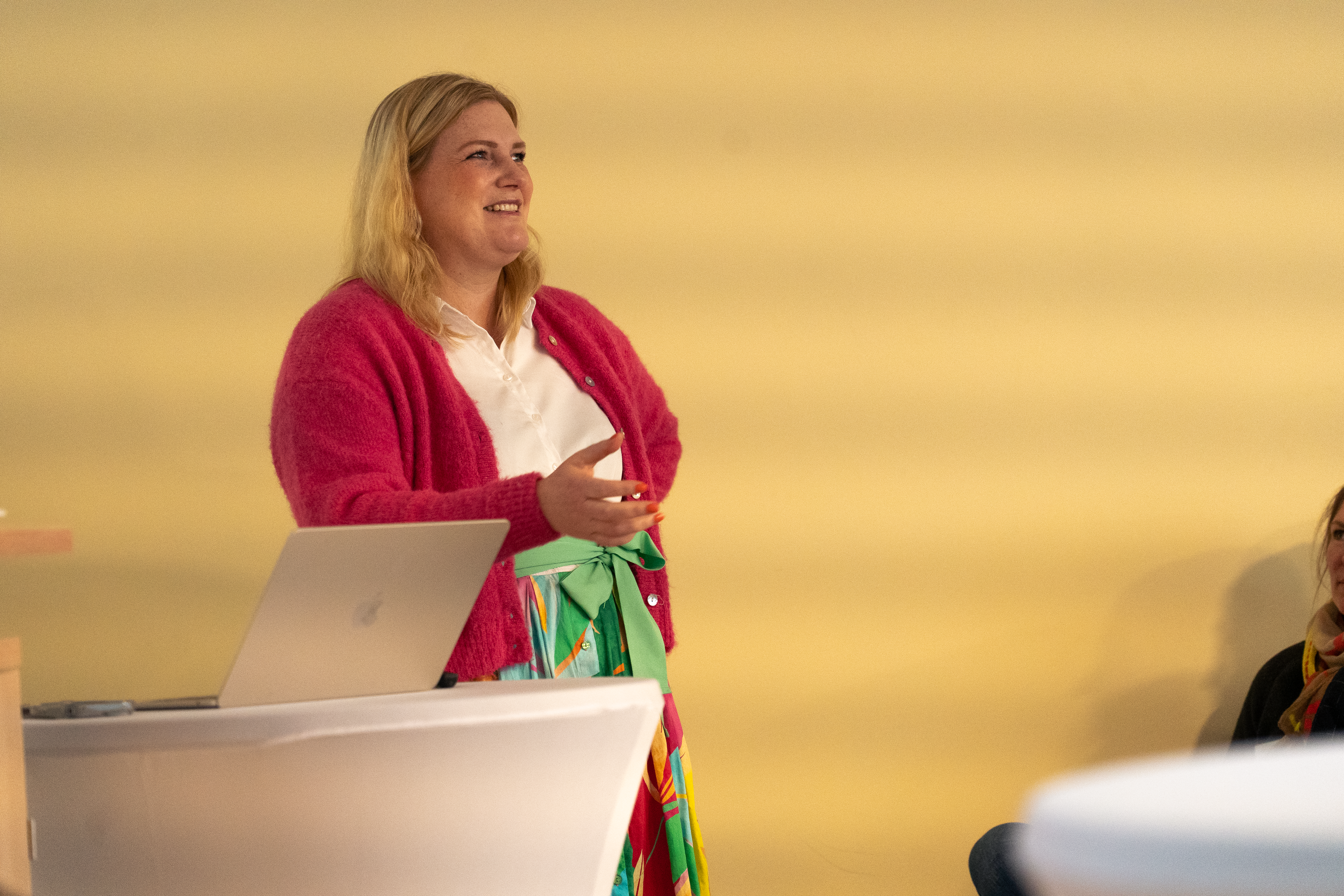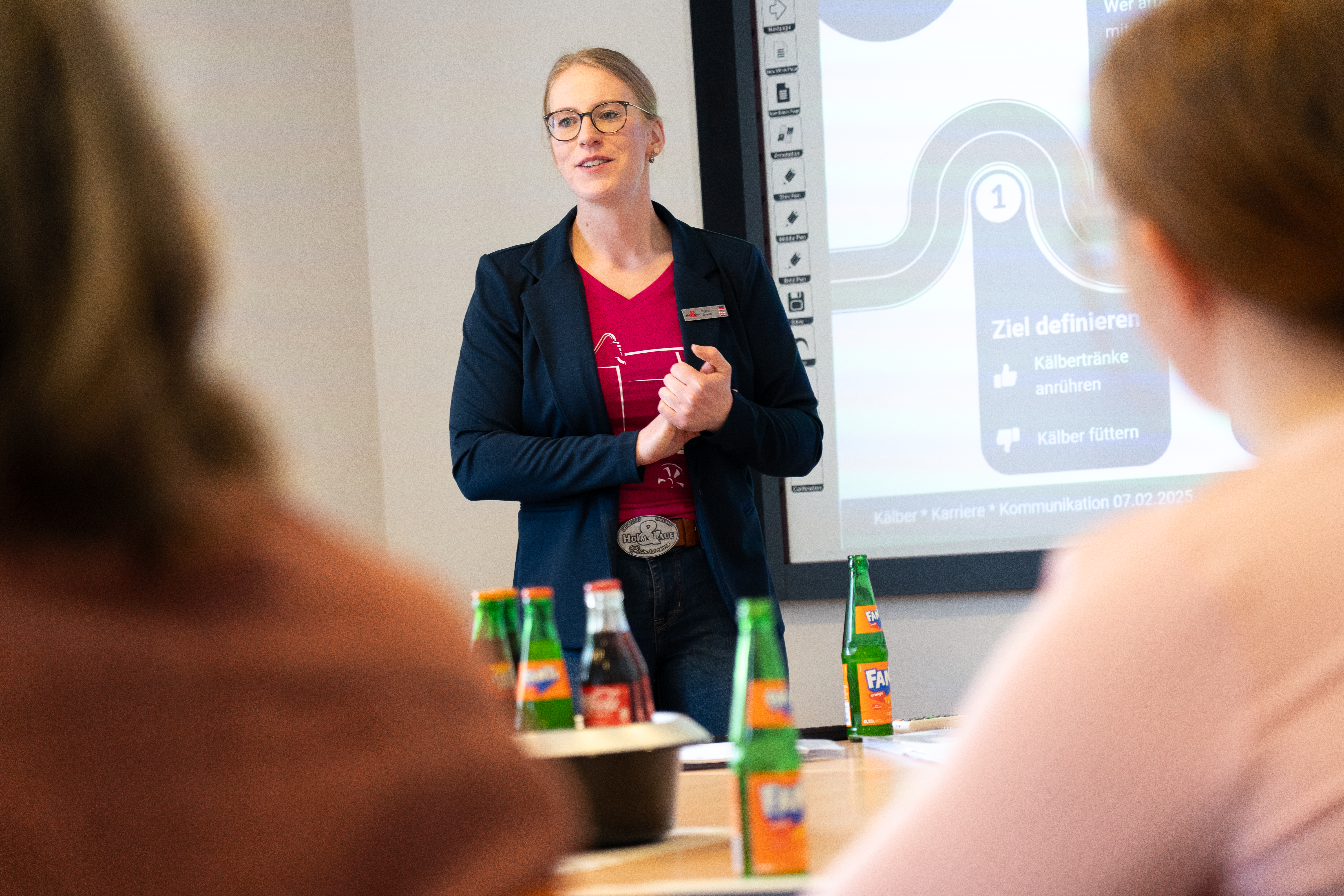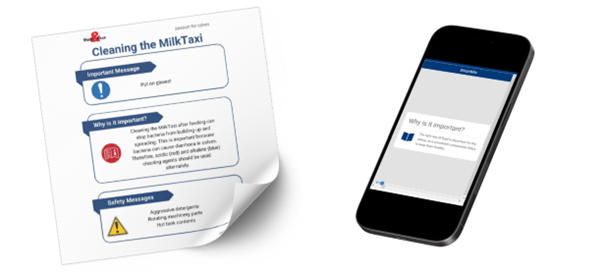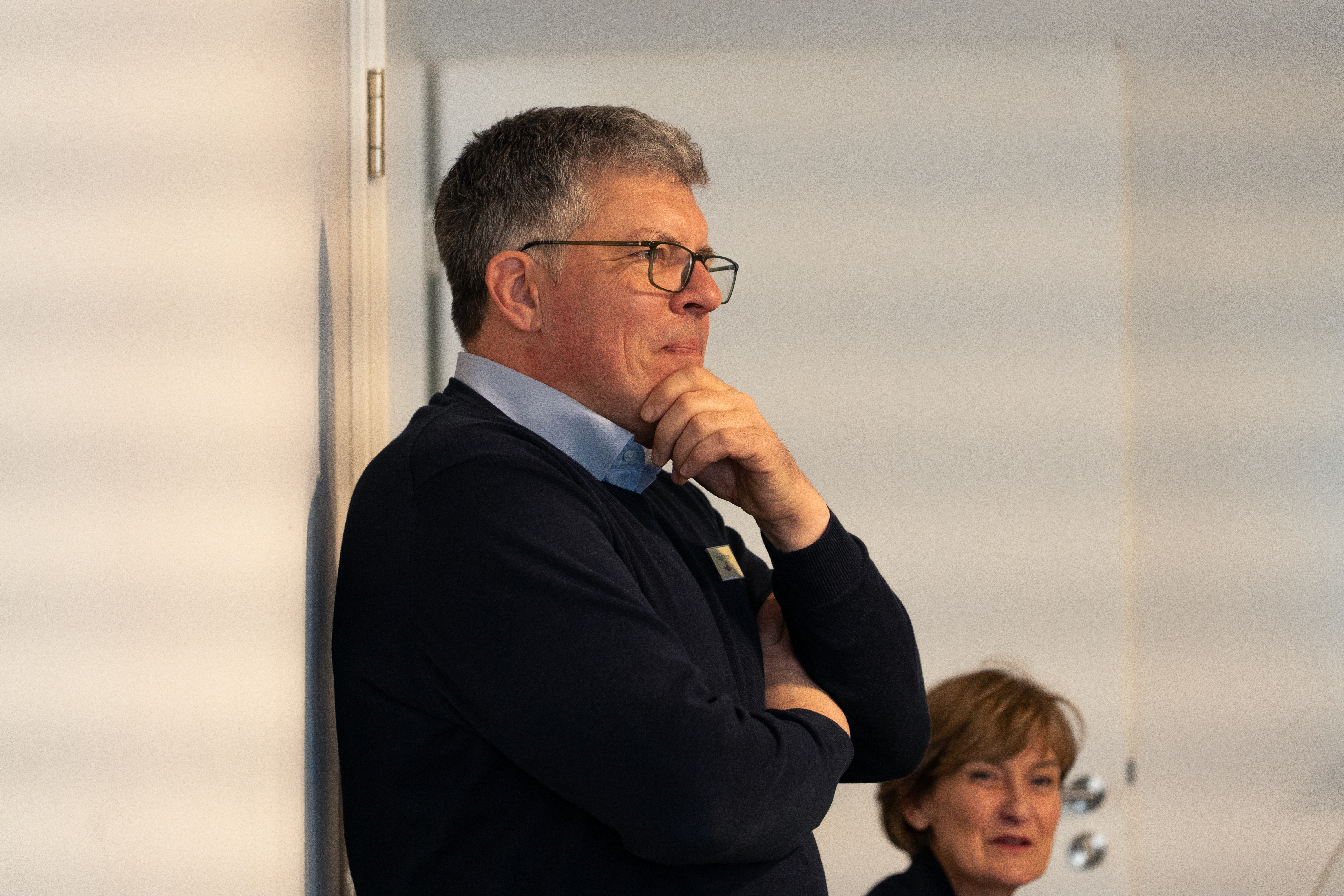Calves * Careers * Communication
14. März 2025 — General InformationNetworking by Holm & Laue
A network for women working in dairy farming for effective communication on the farm and in public, better work organisation and a healthy environment.
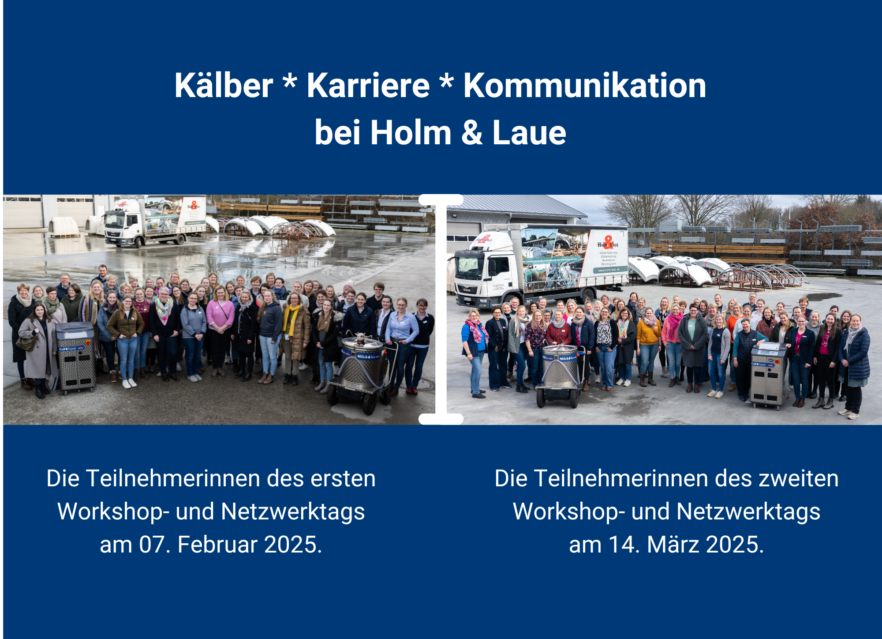
We joined up with Julia Nissen (@deichdeern_com) from Deichdeern to organise a special day for women in the dairy farming industry. We wanted to share ideas, exchange experiences, impart knowledge and establish a new, helpful network. There were keynote speeches and workshops on the topics of communication, organisation, health and rearing calves in a natural way.
Due to popular demand, we immediately arranged a second date, so that we can now be proud of a growing network of over 80 women. We summarise the most important take-home messages below.
External communication
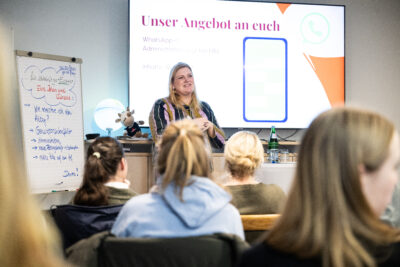
We all know the situation: the village community is annoyed because we are constantly driving our tractors through the village, and prejudices against farmers are constantly growing. What can we do to promote our profession and our farms and to foster a better understanding of our work? Julia Nissen (agricultural economist, founder, district councillor, lecturer, employer, mother, rural influencer) compiled examples of best practice, which she then shared with us.
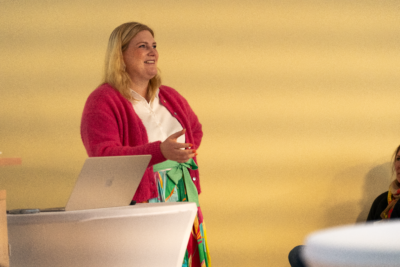
She says: “From the moment you start working as a farmer in public, you have the chance to do something for the positive image of the industry and for yourself, your farm and you as an employer.” You can easily find good examples of positive image cultivation and self-promotion on social media. You can also search for ideas for your own account.
Another idea is a regular column in the local newspaper. The most important thing is: people love stories! And when we tell our stories, we draw people closer to us. Julia also believes that Christmas parties and prize draws, holiday and activity programmes for children from the neighbourhood and open days are further examples of good community relations. Specific meetings with representatives of the press for a farm report or similar are also recommended.
It definitely helps to present yourself and tell people all about you.
Communication on the farm
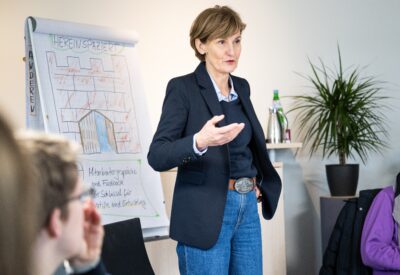
The workshop ‘Communication on the farm’ with Gesa Holm (Holm & Laue) provided a practical demonstration of how to create a trusting basis for motivating feedback through targeted employee appraisals. It was emphasised that good feedback must be formulated clearly and unambiguously in order for it to be understood and accepted constructively by employees – for both positive and critical feedback.
Particular emphasis was placed on teaching effective strategies to managers who find critical feedback difficult or are unsure how to initiate changes in their employees' behaviour. A central element was active listening and appreciative 3W feedback. This not only promotes positive change, but also helps to prevent demotivation and strengthens the relationship between manager and team member. The workshop taught participants how to use feedback as a tool for development and team building in a successful and motivating way.
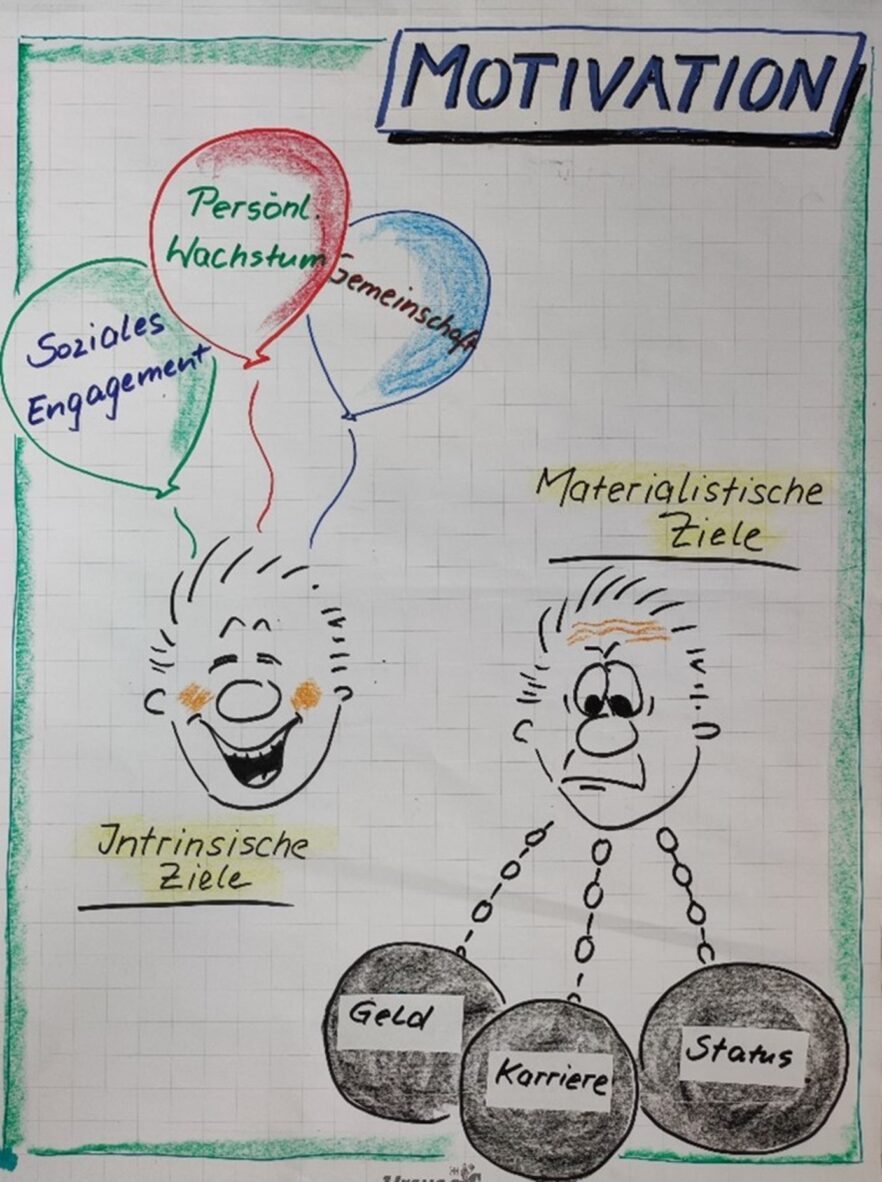
Hygiene for a healthy farm
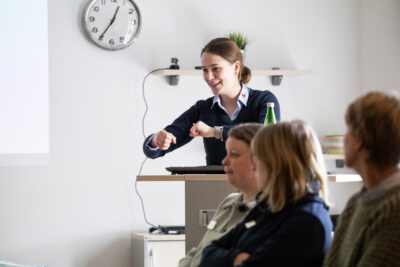
Germs everywhere – how do I deal with them? This was the subject of discussion among the participants in the workshop held by Annkristin Brüning (Holm & Laue Milk Hygiene). Annkristin began by explaining what is meant by hygiene: ‘The totality of measures in a wide range of areas to maintain and improve health and to prevent and combat disease; health care.’
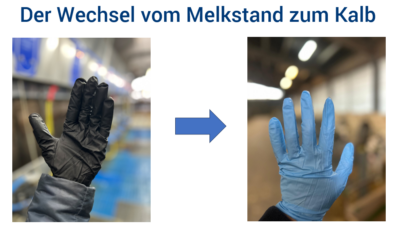
Even relatively small changes can help to safeguard or improve the situation on your farm: change gloves regularly (from the cowshed to the calf pen) or place buckets of disinfectant in easily accessible places where gloves and boots can be cleaned in passing.
Needless to say, feeding buckets, calf hutches etc. also need to be cleaned and the teats changed on a regular basis. The most important thing is undoubtedly to raise awareness among employees of the importance of hygiene rules, to keep reiterating them, and to constantly question and optimise workflows.
Standardised processes on the farm
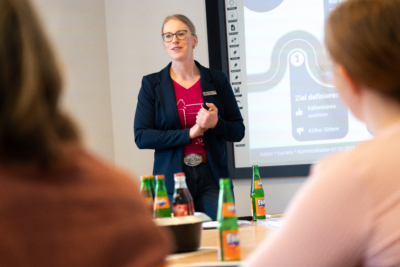
In her workshop on SOPs (standard operating procedures), Kjara Braun (Holm & Laue) asked the question: ‘How much chaos can a dairy farm afford?’ What happens if the farm manager falls ill? How much time is lost due to work not being done correctly? Do all employees know how to recognise a sick calf? SOPs help to answer these questions in a positive way.
Written work instructions help to minimise errors if they are easy to understand and accessible for everyone. They maximise the use of available working time and boost the self-confidence of team members. They improve the quality of work on the farm as a whole and also make it easier to train and integrate new employees.
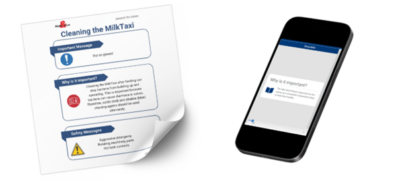
The team should be involved in formulating functioning SOPs: both during their development and, in particular, during the test phase. What is crucial is that SOPs are not only formulated once, but also tested and critically revised. If they work well for everyone, they need to be reviewed and, where necessary, adapted on a regular basis.
Near-natural calf rearing
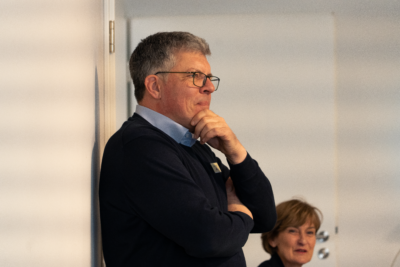
Of course, our NativeCalfConcept was also showcased at the event. Holger Kruse (Holm & Laue) gave the participants a brief introduction to the concept, with a particular focus on colostrum and natural feed. These are topics that are still not widely known, but they are so important if healthy calves are to develop into high-yielding dairy cows. Please make sure to also read the article on our blog.
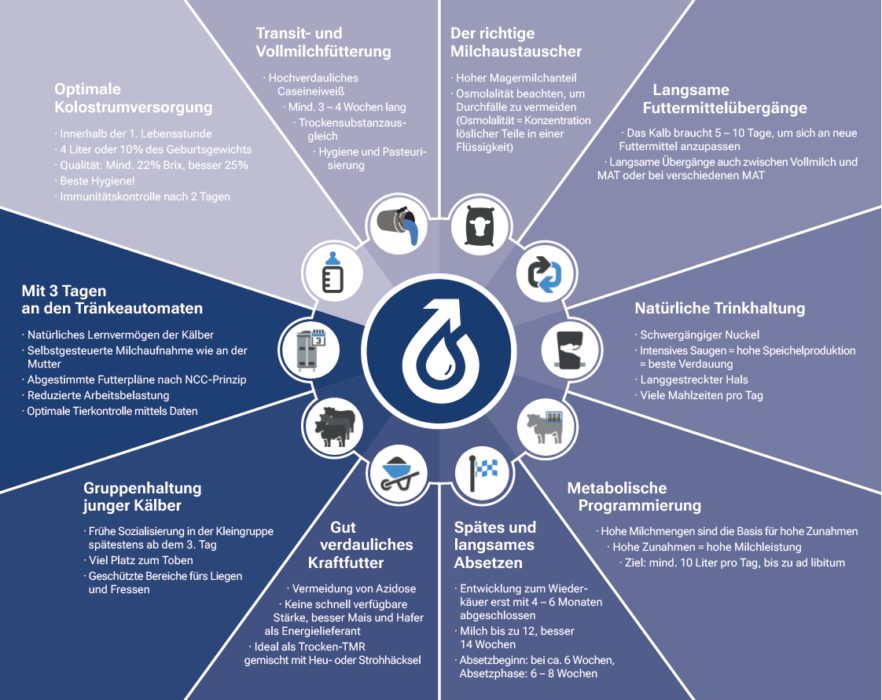
Our two women's network events gave us the opportunity to meet dedicated women who do everything for their animals and their farms. Our passion is healthy calves and optimised workflows on dairy farms. We are passionate about healthy calves and optimised workflows on dairy farms.
This is what motivates us to continue working on this format. Stay curious and follow us on our social media channels.

